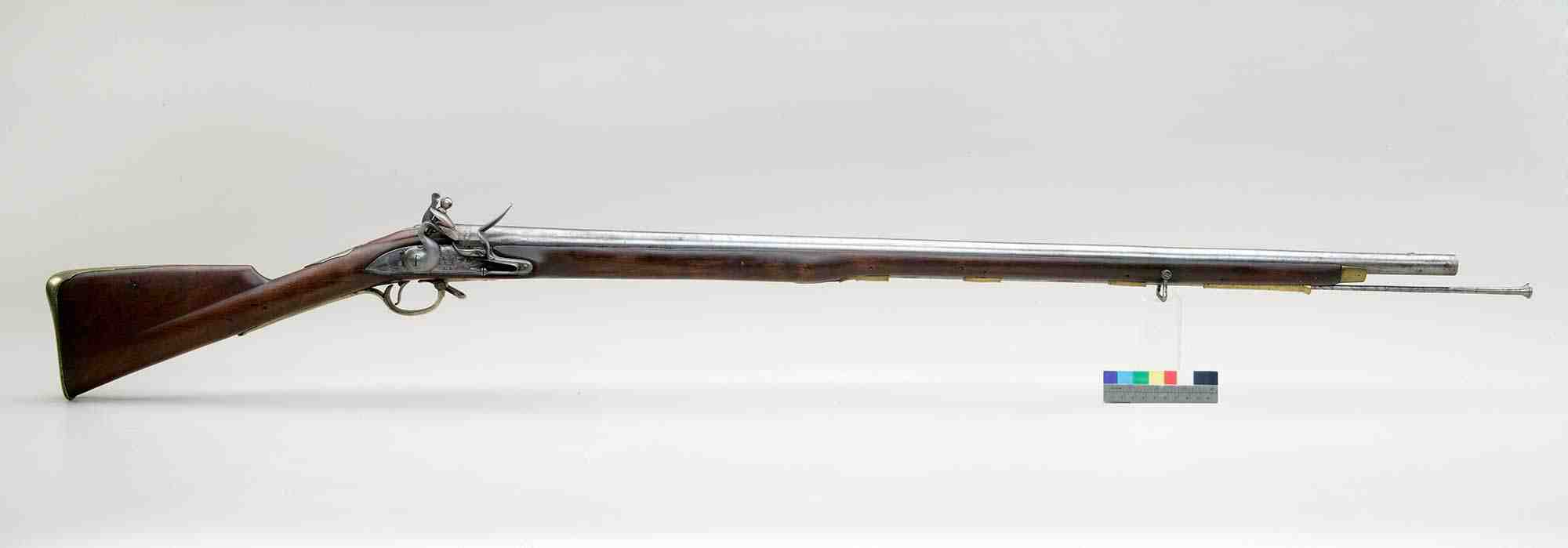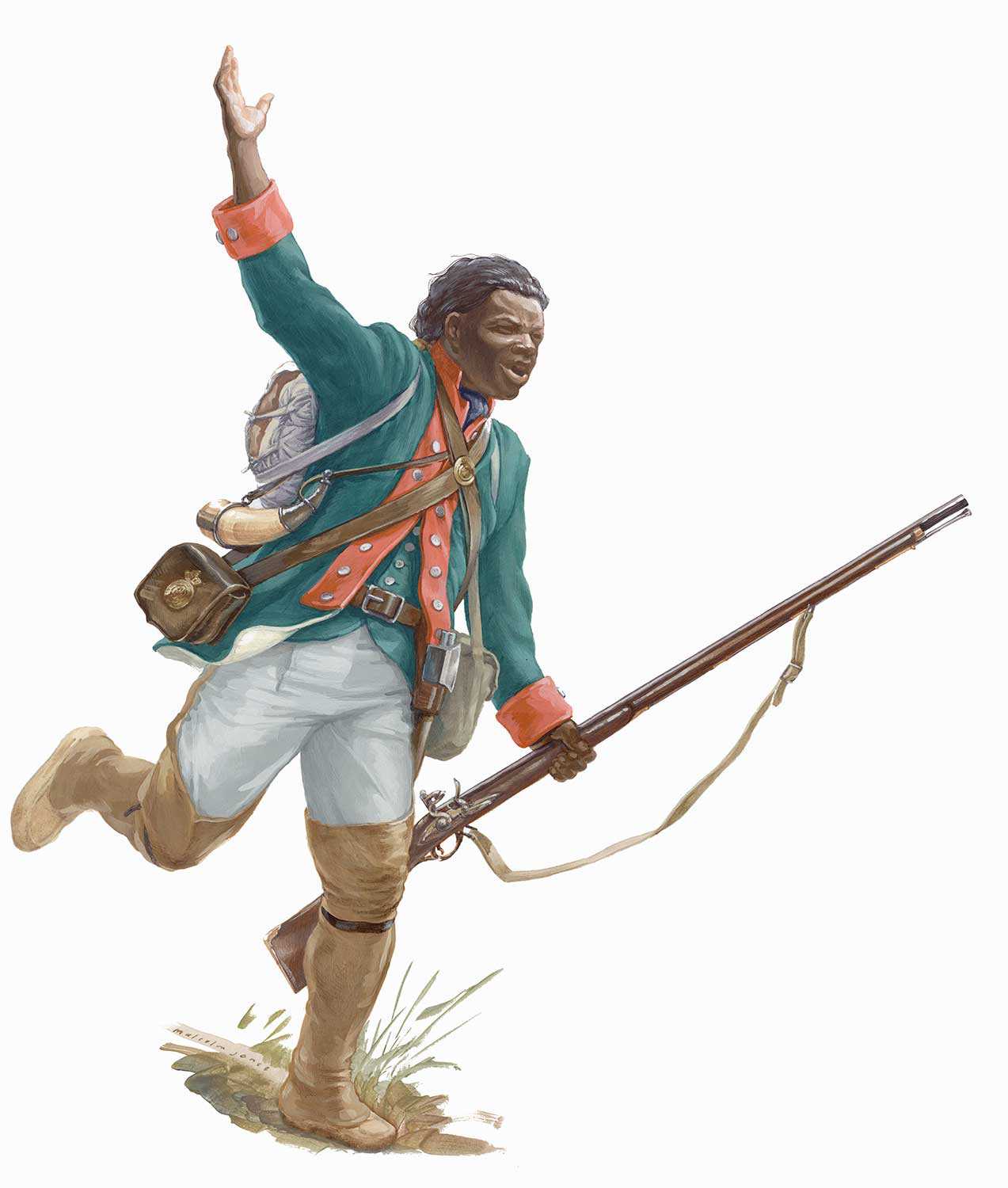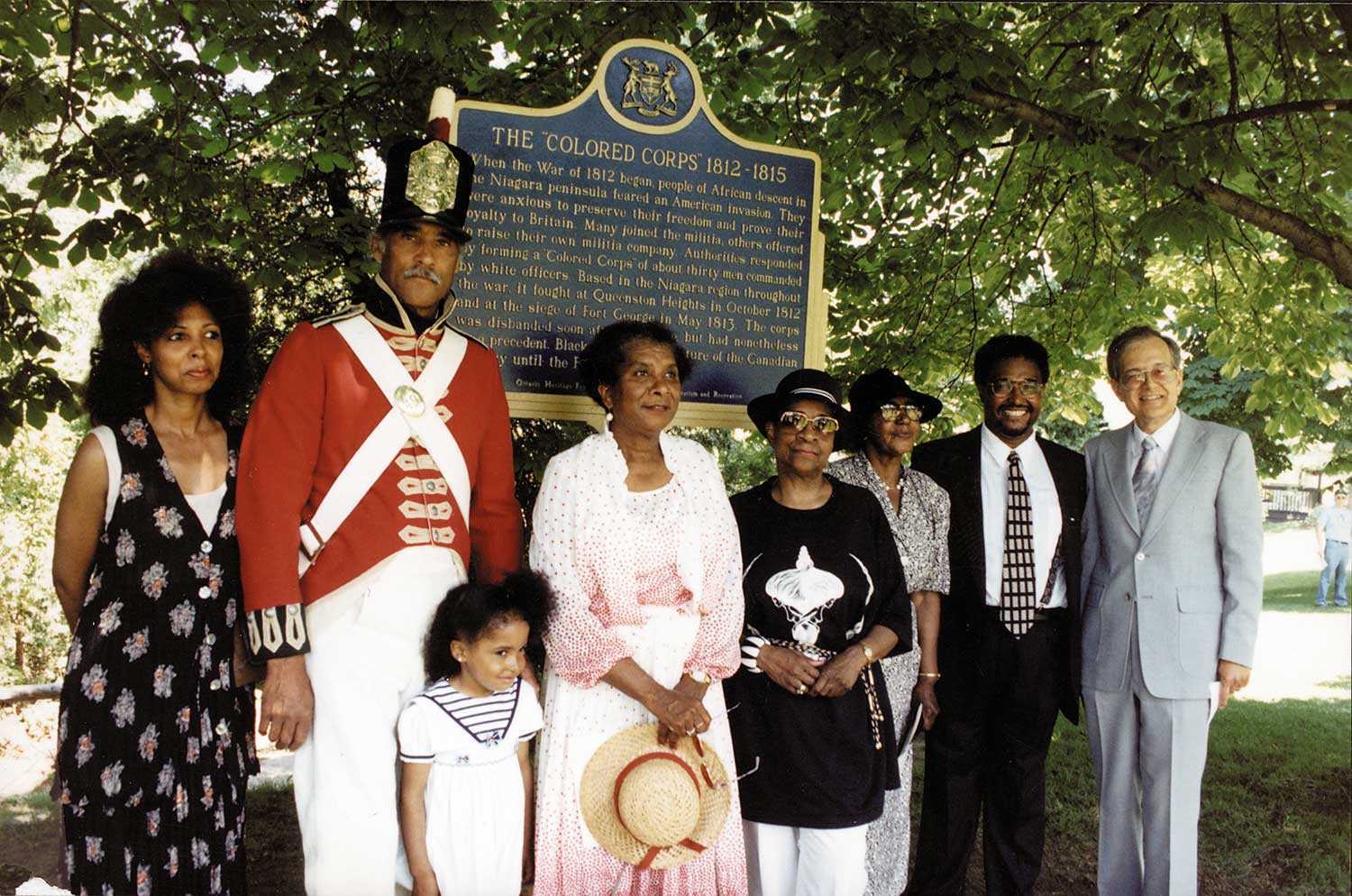Menu
Upper Canada's soldiers
Introduction
In 1811, Major-General Isaac Brock was appointed as the senior military commander and senior member of Upper Canada’s executive council. It was Brock’s responsibility to manage the defences of Upper Canada. On taking office, Brock quickly recognized the province’s vulnerability. There were only 5,600 British regulars – 1,400 of which were stationed in Upper Canada. Anticipating an imminent war with the United States, Brock commenced bolstering these defences. There was little he could achieve, however, with the time, resources and political support then available. The only chance that Upper Canada had to withstand a prolonged invasion would be with the help of the province’s residents and neighbouring Indigenous communities.
Militia and fencibles
Brock knew that Upper Canada’s defences were inadequate in the months leading up to the war. More military equipment would be needed. Upper Canada, being primarily agricultural, would have to acquire the equipment from outside the province. To this end, George Prevost, British North America’s governor-in-chief and commander of the British forces in North America, requested from Britain 10,000 muskets, hundreds of sabres and equipment for cavalry. Prevost also contacted Sir John Sherbrooke, the British commanding officer in the Maritimes, and requested soldiers and supplies to be dispatched to Upper Canada. With more military supplies available in the province, a larger number of residents could be expected to take up arms. Whether Upper Canadians would use them to fight was another matter entirely.
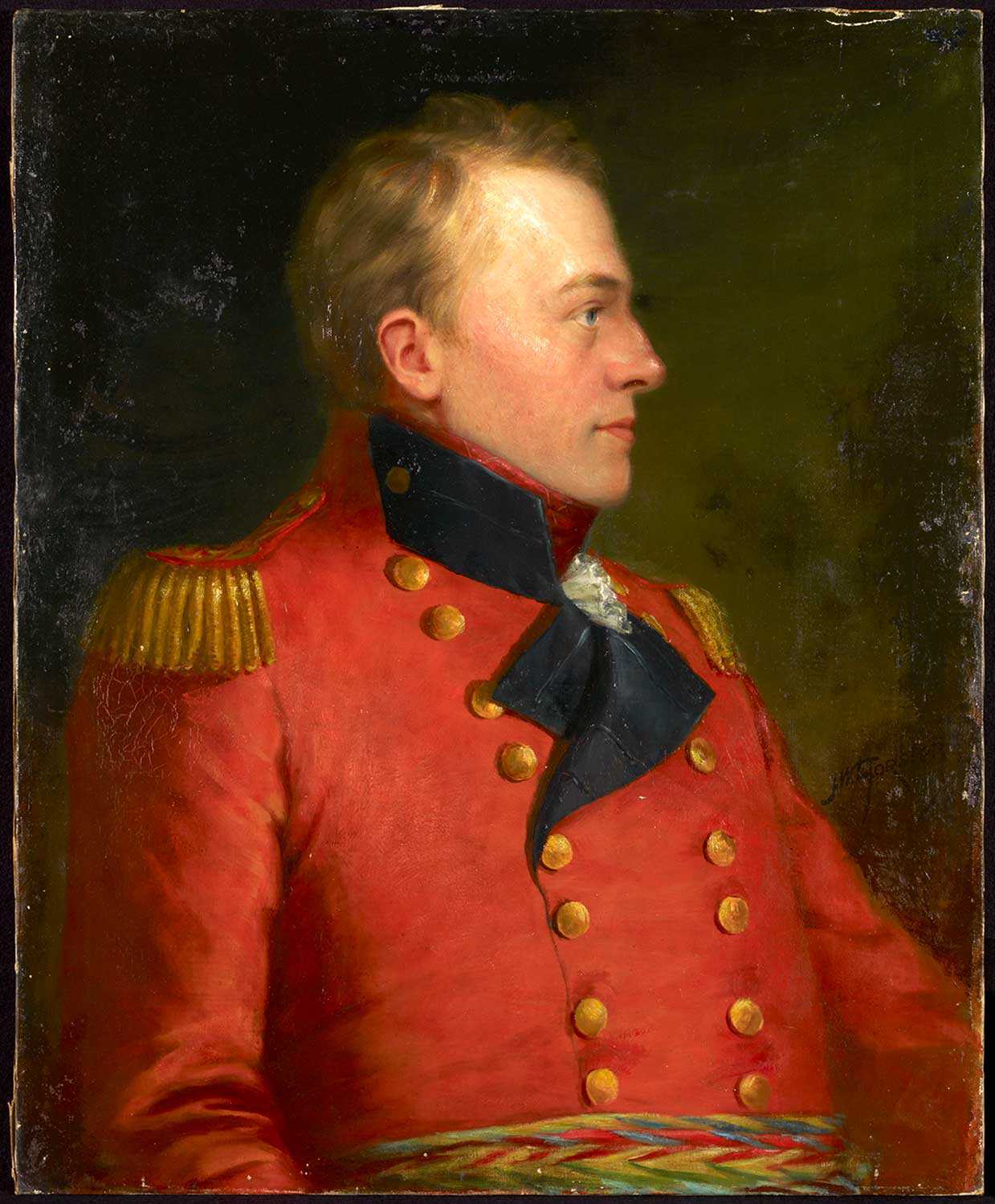
In 1811, the militia was rife with problems. It was organized according to the regulations of the Militia Act that was passed in June 1793. As per the regulations, men between the ages of 16 and 60 were required to participate in annual military training. Although training would prepare the people to fight, the militia was often used in logistical roles, such as transporting supplies and construction. To the militia who assembled for training once or twice a year, the occasion was often used for socializing rather than preparing for life-and-death struggles. Issuing equipment to the militia was also problematic because the militia had a tendency to “lose” (that is, “sell”) their government-issued muskets.
Brock was also concerned with the militia’s loyalty. Unlike the early Loyalist settlers, the tens of thousands of recent American immigrants had not yet pledged allegiance to the Crown. Without an oath, Brock believed that the American residents would claim neutrality and fail to answer the call to arms during an American invasion. Another problem was that a person serving in the militia would not receive compensation for injury or death experienced while in service. For this reason, many men had no incentive to risk going to war and leaving their families to fend for themselves.
To rectify the situation, Brock found support in the legislature to change the Militia Act. Included in the successful changes was the restructuring of militia companies, new provisions awarding land grants for deaths and injuries, and authorizing the formation of two militia flank companies for every battalion. These special militia units would receive extra training and perform more advanced manoeuvres. With all of these changes in place by the eve of the war, there were 1,800 semi-trained and roughly 11,000 untrained militia.
In addition to the militia, Upper Canadians had the opportunity to enlist in fencible regiments. Fencibles were settlers trained according to British military standards, but their deployment was restricted to North America. As a precaution against an imminent war against the United States, Prevost authorized the formation of the Glengarry Light Infantry Fencibles in December 1811. The regiment was primarily recruited from Scottish settlers in Glengarry County on the eastern border of Upper Canada. Some recruits, however, were also solicited from the Maritime colonies, including a small number of Black Canadians. By May 1812, approximately 400 such troops were in training.
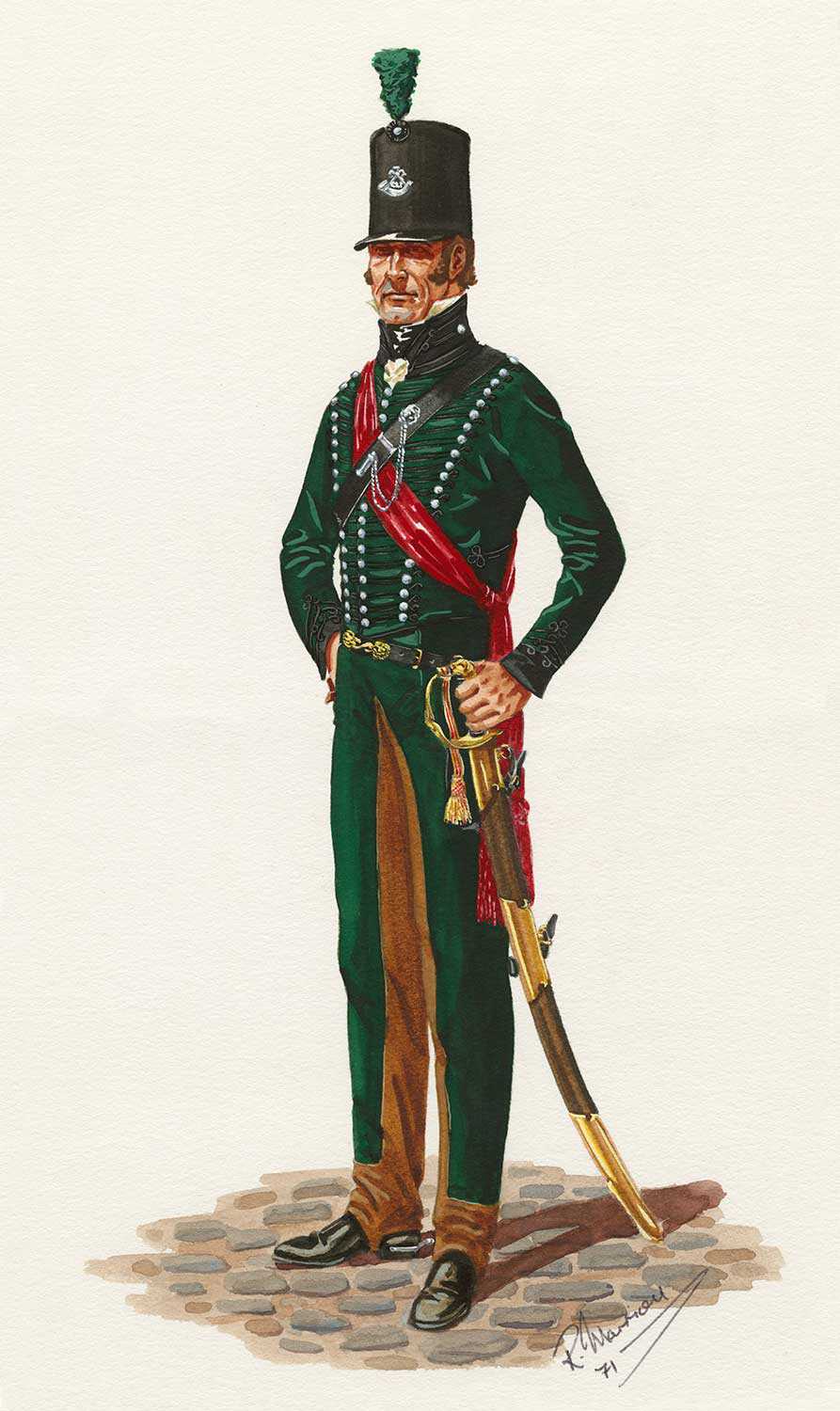
During the war, another type of infantry unit was organized – the Incorporated Militia of Upper Canada. In March 1813, the urgency for reinforcements led to new adjustments to the Militia Act. The changes empowered the government of Upper Canada with the authority to raise companies of Incorporated Militia, which were amalgamated into a single battalion. Unlike other militia, who were often permitted to return home for the planting and harvest seasons, the Incorporated Militia would be employed for the duration of the war. The military offered a cash bonus to encourage enlistment and land grants on discharge.
The fencibles, flank companies and Incorporated Militia proved themselves to be effective combatants throughout the war. The regular Upper Canadian militia, however, was unreliable. Between 1812 and 1815, approximately 5,450 men served in the militia, which was half of those eligible. The militia who did assemble at the beginning of the war could still be undependable. When the militia of Kent and Essex were mustered to fight the American army invading from Michigan, the majority deserted. Hundreds even joined the American army. Throughout the war, the desertion rate averaged 25 per cent.
It is important to understand that Upper Canadians did not fulfill their duty as a form of opposition to British rule or because of cowardice. A settler’s highest priority was to protect the family from starvation. Considering that the American army professed peaceful intentions, many men in the militia ignored the call to arms and stayed on their farmsteads. By doing so, they would avoid the danger of being wounded or killed in battle, evade the rampant illnesses that ravaged frontier encampments, and tended to their fields to feed their families. Draftees who failed to muster were aware of the consequences, which were relatively lenient. In 1812, the highest fine for failing to report for duty was £20, but a farmstead between 12 and 16 cleared hectares (30 and 40 cleared acres) could yield over £100 worth of crops in a season. Hence, some draftees were in a position where avoiding duty was more economically advantageous. Draftees could also hire a substitute to enlist on their behalf with no financial penalty. For these reasons, many draftees considered their militia duties from a pragmatic standpoint.
Black Canadian soldiers
This first major influx of Black settlers in Upper Canada occurred in 1783 following the American War of Independence. Black Loyalists who served in the British military were awarded land grants in British North America. Most Black Americans, however, arrived as the property of white Loyalists. In Upper Canada, legislation was later introduced forbidding the arrival of enslaved people and entitled Black Canadians born in the province to be free citizens. Although Black Canadians as enslaved people or citizens generally benefited from more rights and freedoms than their American counterparts, they continued to face widespread racial prejudice. During the War of 1812, Black Canadians were among those who actively enlisted to protect their homes and prevent a return to slavery under American rule.
Black Canadians served in multiple units across British North America. In Upper Canada, they served in the Glengarry Light Infantry Fencibles and the militia. At the outset of the war, Black community leader Richard Pierpoint requested permission to raise an all-Black company, but Brock denied his request. Then, after it became apparent that white militia were not mustering in larger numbers, the formation of a Black company was approved as part of the 1st Regiment of the Lincoln Militia. The unit was raised in the Niagara region and trained at Fort George. After receiving a transfer of Black soldiers from the 3rd York Militia, the unit accumulated 38 men by the autumn of 1812. Before going into combat, the British command removed Captain Robert Runchey, a white officer and tavern keeper who occasionally rented his Black soldiers to work as domestics. Lt. James Cooper of the 2nd Lincoln Militia, another white officer, took Runchey's position.
The 1st Lincoln Militia was deployed as a combat unit in the Niagara Peninsula. They fought alongside John Norton’s unit of Indigenous warriors and British regulars at the Battle of Queenston Heights. No casualties were sustained in this battle, and British commanding officers commended the 1st Lincoln Militia for its fighting spirit. The unforgiving frontier environment, however, would take its toll on the unit. Over the winter, illnesses reduced the company’s strength to 30. In the spring of 1813, the company, which was renamed the “Colored Corps,” fought again during an American attack on Fort George. One sergeant was wounded, Runchey and two others captured, and two men were missing in action.
The Colored Corps had proven its effectiveness as a combat unit throughout 1812 and 1813. It engaged in skirmishes, fought on the front lines, garrisoned fortifications and conducted patrols. Despite their effectiveness, the role of the Colored Corps changed during the latter half of the war. After the British recaptured Fort George and Fort Niagara in December 1813, the fortifications were in disrepair. There were other logistical needs, such as creating new buildings at the military base in Burlington. With recruitment for the Corps of Provincial Artificers struggling and the Royal Sappers and Miners still en route from England, the Colored Corps was repurposed into a construction unit. This coincided with discriminatory beliefs in the British military, which held that Black soldiers were more suitable as labourers. Within its non-combative role, the Colored Corps’ contributions to the British war effort were critical, particularly the construction of Fort Mississauga on the northern shore of the Niagara River. The fort played a vital role in protecting the British army from the United States navy on Lake Ontario.
Women
Although women were not permitted at the time to enlist in the military, it would not have been uncommon for women to be travelling with military units and stationed near or within military bases. For instance, military records indicate that in March 1814, there were between five and 12 wives per company in the Incorporated Militia of Upper Canada. Some women obtained permission to travel with their husbands during their service. Other women simply joined without official sanction and even brought their children. Wives accompanying military units was a practice more common among the wives of British regulars who served overseas rather than militia who served locally.
The accommodations received by women depended on their enlisted husband’s rank. The wives of high-ranking officers would enjoy the best available comforts, including carriages and large homes with servants, if stationed in towns such as York. For middle-ranking officers, their wives would travel by horseback. But if the husband was being relocated to a remote location, travel and living conditions could be crude. For low-ranking officers and rank-and-file soldiers, their wives had no special accommodations. They would have to travel by foot, sleep in their husbands’ tents and endure strenuous conditions. Since some soldiers withheld pay from their families, women were compelled to join their husbands or else they required some form of charity to stave off destitution. Women whose husbands were sailors were rarely permitted to accompany them on a ship. Instead, sailors’ wives tended to live close to a port.
Military commanders often discouraged their soldiers from marrying and reluctantly granted permission for women to accompany the unit. Some women ignored this formality and joined their enlisted husbands regardless. There were often numerous reasons that a commander opposed the presence of women in their military unit. Women required additional accommodations and provisions. In addition, some commanders believed that women caused conflicts between soldiers that may lead to theft and prostitution. Commanders also drew on widespread contemporary beliefs that women were fragile and should not live near hazardous areas such as military camps.
Contrary to these views, most women proved to be assets to the military units that they accompanied. Criminal activity was rarely a problem, and the presence of women could improve the behaviour of men. Women also fulfilled important jobs, such as working as laundresses and cleaners. They also worked as nurses and, more informally, as health-care providers. Tending to the sick and injured was not without risking infection and disease, which sometimes led to death. As wives, women tended to the care of their husbands by providing food and sewing, and gathering supplies. In exceptional cases, some women accompanied military units without husbands and offered services for pay or sold provisions as merchants.
Dominant gender norms that, during the War of 1812, stressed women’s fragility and virtuousness became a barrier for them to serve as combatants, but it also made them ideal intelligence agents. Based on these gender norms, American soldiers were less likely to search women or interrogate them. Consequently, women were ideal agents to travel close to the American army and retrieve information on their position and strength. For instance, in June 1813, Captain William Merritt employed an elderly woman to retrieve information on the enemy’s position after the Battle of Stoney Creek. Women were also used to deliver messages and supplies, such as Anna Maria Grenville and Catherine Pool, both of whom were Niagara residents. Acting as an operative was not without its dangers because women could be incarcerated, and there were no guarantees regarding their treatment. Despite these dangers, women demonstrated their bravery and sense of duty to protect Upper Canada by accepting dangerous missions throughout the war.
Indigenous allies
Brock and Prevost knew that Upper Canada’s defence would benefit immensely from Indigenous reinforcements. According to one historical estimate, there were up to 10,000 Indigenous warriors in the Great Lakes region at this time. Obtaining Indigenous reinforcements, however, provided more than numerical strength. From childhood, Iroquoian men honed their skills as hunters and warriors, making them adept at traversing difficult terrain, setting ambushes, scouting, skirmishing, fighting in hand-to-hand combat, and using guns with deadly accuracy. Brock and Prevost had no guarantees that they would receive military support from the surrounding Indigenous communities. With American conquest seeming inevitable at the beginning of the war, few Indigenous warriors answered the call to arms.
The first substantial group of Indigenous warriors to ally themselves with the British was from the Western Nations. Their confidence in the British war effort stemmed from a surprising British victory at Fort Michilimackinac (located on an island between Lakes Michigan and Huron). Shawnee chief Tecumseh and his brother Tenskwatawa, “the Prophet,” were already leading warriors against the Americans. They hoped to form a confederacy of Western Indigenous nations by securing their ancestral homeland against the encroaching tide of American colonialism. In 1811, Tecumseh’s warriors were attacked by the United States army and defeated during the Battle of Tippecanoe (located in modern-day Indiana). After learning of the British success at Fort Michilimackinac, Tecumseh and Tenskwatawa decided they stood to benefit from uniting war efforts with the British. Alongside Tecumseh and Tenskwatawa’s march to war were 600 Indigenous warriors from the Miami, Shawnee, Delaware, Potawatomis, Ojibway and Odawa.
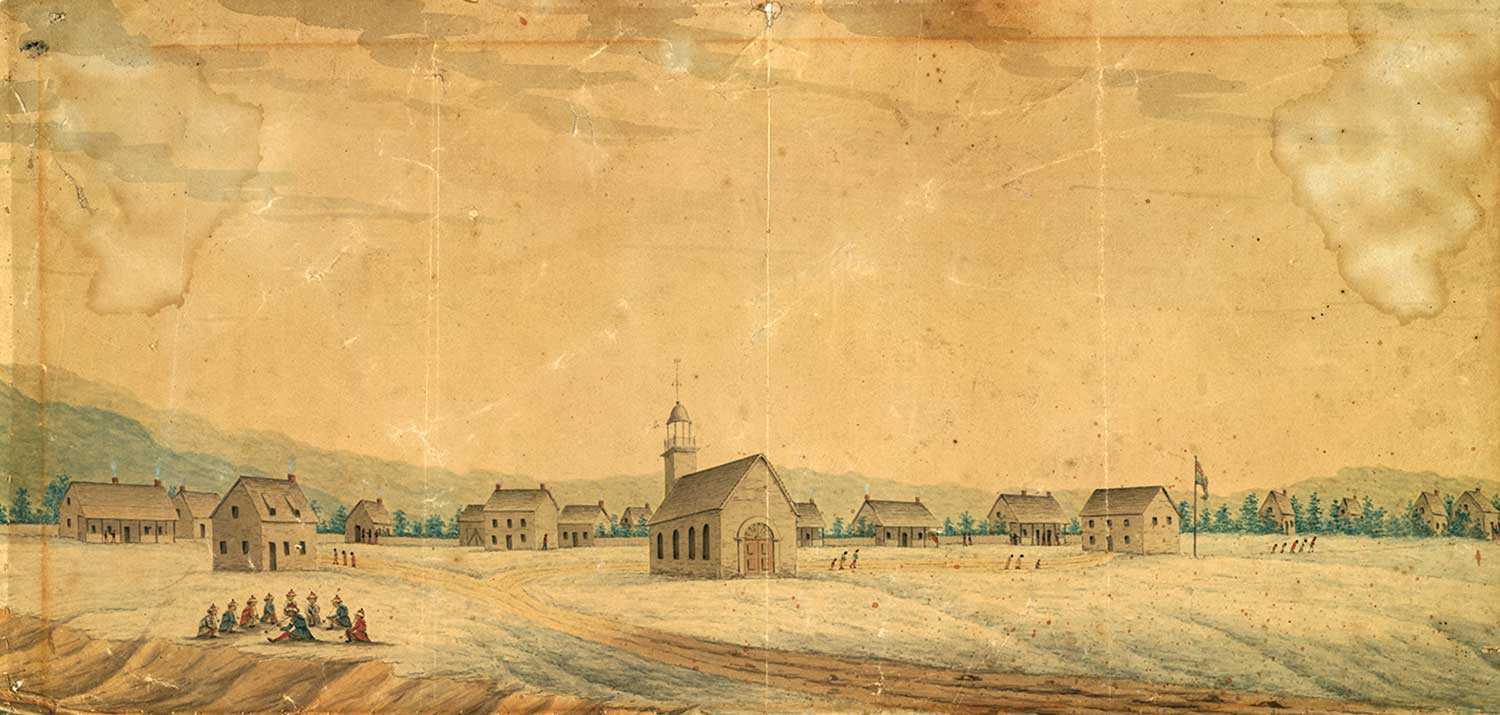
The Six Nations on the Grand River Tract and south of the Great Lakes required more convincing to participate in the war. Brock told the Grand River people that the Americans were eager to take their land and requested that they form three companies of warriors that could alternate shifts fighting on the Niagara Peninsula. The Six Nations of Grand River and south of the Great Lakes conferred with each other, however, and adopted a stance of neutrality. They agreed that it was imperative to avoid bloodshed and fratricide so that they could preserve the vitality of their communities. Six Nations south of the Great Lakes were also under political pressure because colonial expansion restricted their means of subsistence and made them dependent on American food rations and annuities.
Although many Six Nations leaders initially endorsed a position of neutrality, Iroquoian societies had decentralized political structures and the decision to participate rested with the individual. Community leaders on the Grand River, such as John Norton (Teyoninhokarawen) – a Mohawk chief, interpreter for the colonial government and British infantry veteran – urged the Six Nations warriors to rally with the British. Norton was able to muster a small contingent of 60 warriors to join Brock as he marched to confront General William Hull invading from Michigan territory. The conviction to fight among Norton’s warriors was fragile enough that half returned to the Grand River before engaging in battle.
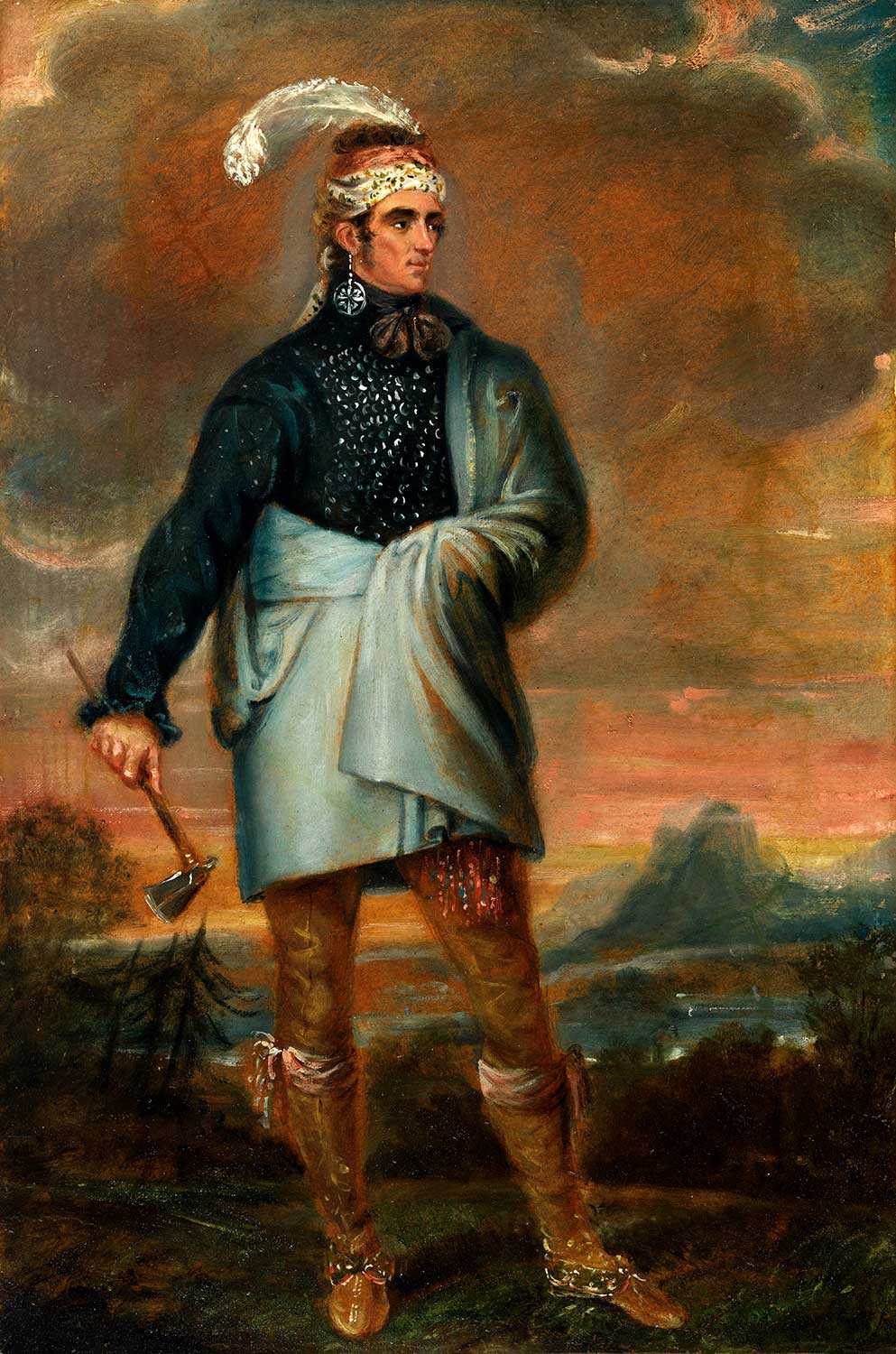
Following Brock’s and Tecumseh’s decisive victory in Detroit, support for the British war effort among the Six Nations shifted favourably. Norton returned to the Grand River Tract, accompanied by Delawares, Ojibway and other warriors from Western Nations. They shared stories of their glory in battle and spoke of creating a strong, independent Indigenous territory if the Americans were defeated. Within weeks, Grand River leaders began endorsing the war against the Americans. Shortly after, at least 300 Grand River warriors joined the war effort. Six Nations south of the Great Lakes also began joining the British in hope that British support would lead to the establishment of a large autonomous Iroquoian state at the end of the conflict.
The Akwesasne people did not have to choose to go to war because the Americans chose for them. Located on the St. Lawrence River and wedged between Upper Canada and New York, the Akwesasne village was a strategically important site. On October 1, 1812, American soldiers attacked and garrisoned the village. Shortly after, Canadian militia routed the American occupiers and 80 outraged Akwesasne warriors joined the British war effort. Along with the Akwesasne, other Seven Nations warriors joined the British, adding a substantial force of 800 warriors.
As many Indigenous leaders and peace chiefs feared, the escalation of the war drew thousands of warriors into the struggle. On July 5, 1814, the Six Nations fought as allies of both the British and Americans during the Battle of Chippawa, leading to heavy losses. Approximately 100 Six Nations warriors were killed, most of whom fought with the British. This catastrophic loss shattered the will of most Six Nations warriors to continue their involvement. It was difficult to maintain the argument that fighting was for their people’s survival when so many were being killed. Moreover, the scale of the battles continued to escalate, meaning that Six Nations would surely suffer more casualties if they continued their involvement. Nevertheless, the Crown’s Indigenous allies had proven themselves staunch defenders of Upper Canada. It is doubtful that the province would have been able to resist the American invasion without their support.
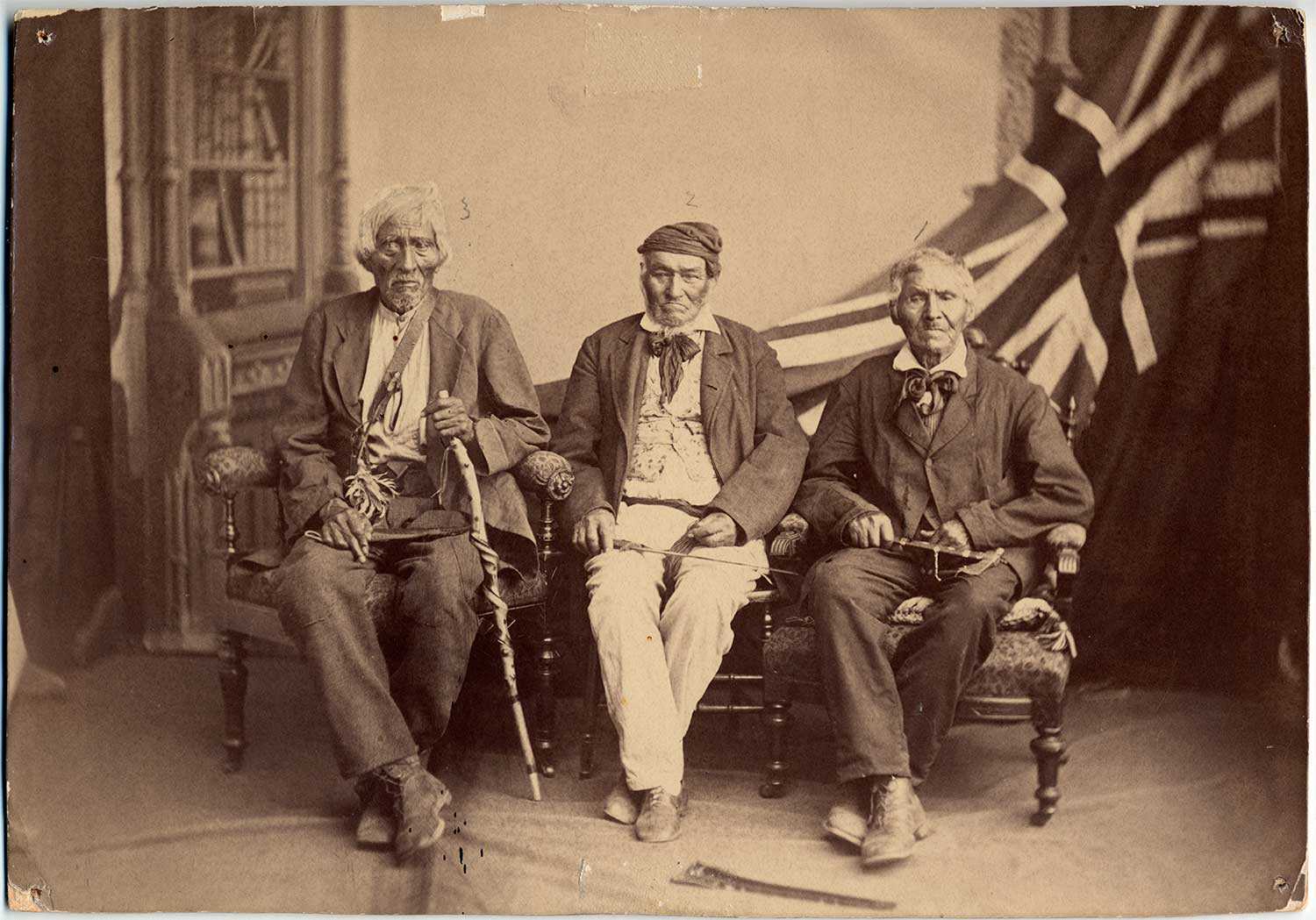
The navy
While the Americans held the numerical advantage on land, the British began the war with an advantage on the water. On Lake Erie, the British had four war vessels. The largest ship was the Royal George, with 20 guns. It had a slight advantage against the Americans’ largest ship, the Oneida and its 16 guns. On Lake Erie, the Americans had no armed vessels, while the British had two ships with six and 16 cannon respectively. In the summer of 1812, the British launched a third ship, Lady Prevost, with 12 guns.
Maintaining control of the Great Lakes through a superior war fleet was crucial because it offered numerous strategic advantages. Firstly, the transportation of troops and supplies could be done with greater efficiency than using Upper Canada’s then-poorly developed roads. Secondly, ships provided for faster communications between commanders, which could be a decisive factor in the outcome of a military campaign. Lastly, the advantage of a superior fleet also meant that war vessels could confidently traverse the lakes to launch attacks or bombard enemy positions. For these reasons, the side that controlled the Great Lakes often held the advantage in the surrounding area.
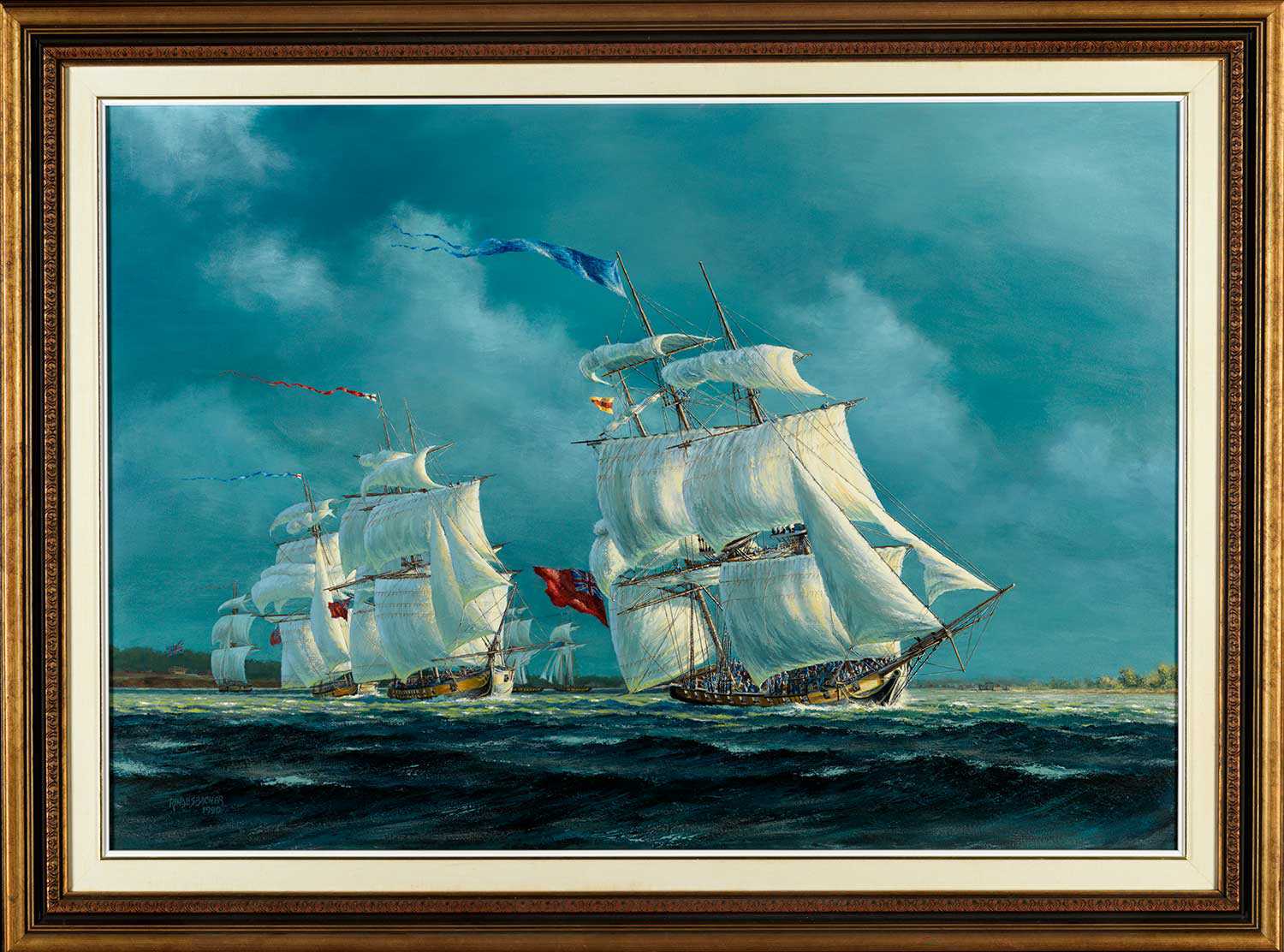
The British began the war with superior fleets on Lakes Ontario and Erie but, throughout the war, the advantage shifted back and forth. During the early 19th century, the British Royal Navy had the world’s largest and most superior navy. British ships were needed at this time, however, to maintain naval blockades against France and the United States. By cutting off the American government from their overseas customs revenue, the British blockade threatened to bankrupt the Americans and force them to sue for peace. Hence, the British Royal Navy would be unable to send ships to Upper Canada. Alternatively, some naval personnel were sent as reinforcements. In May 1813, the Canadas received a force of 450 seamen, 36 officers and Commodore Sir James Lucas Yeo. With the arrival of British Royal Navy officers, the command of the Provincial Marine was transferred from the local army to Commodore Yeo, who was appointed commander-in-chief on the Great Lakes. For the remainder of the war, the British and Americans became locked in a naval arms race. New warships were constructed each year with more firepower and larger crews. For the British, their primary ports were Kingston and York, while the Americans constructed their Ontario warships at Sackets Harbor, New York and Lake Erie warships at Presque Isle, Pennsylvania.


